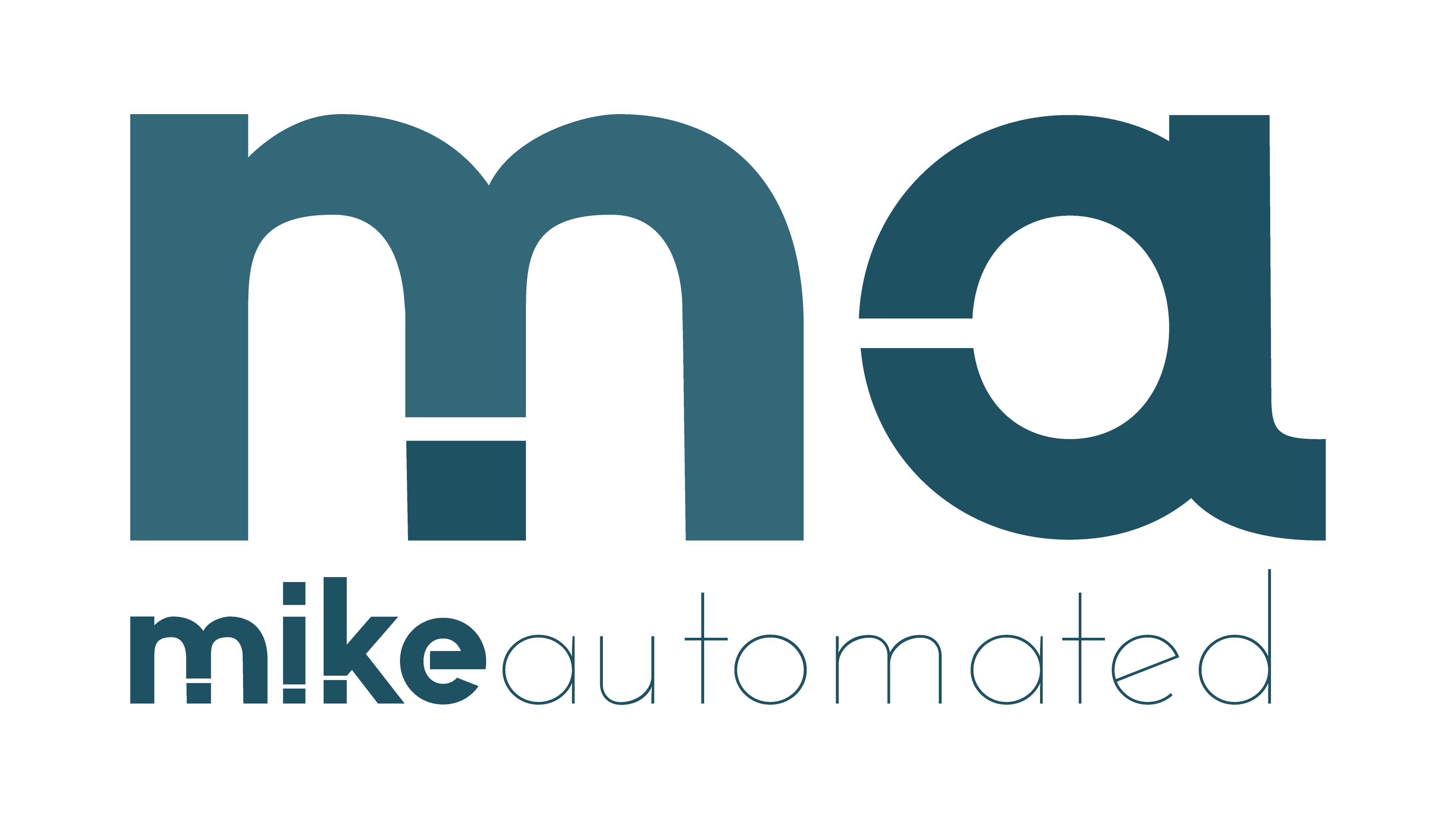TL;DR
- Define AI goals that tie to clear business value and measurable outcomes.
- Inventory your stack and data pipelines to reveal gaps in AI-readiness.
- Assess infrastructure for compute, storage, security, and scalability needed for AI workloads.
- Plan remediation with a concrete roadmap and quick wins that demonstrate impact.
- Make the audit repeatable through a governance-backed process and ongoing reviews.
What is Auditing Your Tech Stack for AI Readiness and why it matters
Auditing Your Tech Stack for AI Readiness is a practical discipline that ties technology choices to business outcomes. A focused audit reveals where data, compute, and governance layers align for AI initiatives. When teams understand the current state, they can target improvements that speed deployment and reduce risk.
In many organizations, AI readiness goes beyond a single tool or model. It requires AI infrastructure assessment, data governance for AI, and MLOps capabilities that span people, process, and technology. The aim is a cohesive AI-ready tech stack that scales with demand and remains secure.
How to perform an AI readiness audit
Use a structured, repeatable process to assess your stack. Start with a crisp definition of success, then map every layer from data source to model deployment. The approach below provides a practical path you can apply today.
1) Define goals and business value
Begin with concrete business questions you want AI to answer. Translate those questions into measurable outcomes, such as improved forecast accuracy by X percent or faster customer insights. This clarity guides all subsequent steps and keeps scope manageable. For example, a retailer might target a 5% uplift in revenue per product category through AI-powered pricing.
2) Inventory your tech stack and data sources
Document all components that touch AI use cases. List data sources, data storage, processing engines, model training environments, and deployment targets. Include cloud and on‑premises elements if you run a hybrid setup. A clear inventory helps identify bottlenecks and redundant tools. For a practical reference, review our data pipelines for AI guide to map data flow from source to insight.
3) Assess data readiness
Data readiness covers quality, accessibility, lineage, and governance. Check data freshness, completeness, and consistency across sources. Confirm that data is labeled and standardized enough for model training. If data quality is lacking, prioritize cleansing, schema standardization, and metadata management before modeling.
4) Evaluate compute and infrastructure
Assess whether your compute, storage, and networking can support AI workloads. Look at peak run times, latency requirements, and parallelism needs. Consider whether your stack relies on GPUs or specialized accelerators, and whether the cloud, on‑premises, or a hybrid approach best fits the workload. See how this aligns with an AI-ready architecture checklist for a tangible blueprint.
5) Review governance, security, and compliance
Governance ensures responsible AI use. Confirm roles, approvals, and audits for data access and model decisions. Review security controls, data privacy measures, and compliance with regulations relevant to your sector. A strong governance layer reduces risk and accelerates adoption of AI at scale.
6) Evaluate AI operations (MLOps) and deployment readiness
MLOps practices enable reliable training, versioning, monitoring, and rollback. Check model deployment pipelines, monitoring dashboards, and alerts for drift or degradation. If MLOps is new, start with a small, repeatable workflow before expanding to broader teams. For inspiration, explore our MLOps practices primer.
7) Plan remediation and a roadmap
Translate findings into a prioritized roadmap. Distinguish quick wins (e.g., data quality improvements or governance updates) from strategic investments (e.g., modern data lake or model governance platform). Assign owners, timelines, and success metrics. Use a dashboard to track progress and adjust plans as needed.
8) Create an AI-ready architecture blueprint
Create a concise blueprint that shows data sources, ingestion, storage, processing, model training, deployment, and monitoring. Include security and governance controls at each layer. The blueprint should be easy to share with stakeholders and adaptable as needs evolve. If you want a practical reference, scan our architecture checklist for a starting point.
Practical checklist you can use today
Use this succinct checklist to begin the process. Each item supports Auditing Your Tech Stack for AI Readiness and helps you move quickly from assessment to action.
- Set AI goals tied to revenue, efficiency, or risk reduction. Align teams to these goals.
- Map data sources and their owners. Ensure data lineage is clear and accessible.
- Verify data quality and labeling standards for training data.
- Audit compute capacity, including GPUs or other accelerators, and anticipate growth.
- Check security controls, access management, and compliance measures.
- Assess MLOps readiness with versioning, monitoring, and rollback capabilities.
- Draft a remediation plan with quick wins and a 12–18 month roadmap.
- Build an architecture blueprint that maps data flow to model deployment and governance touchpoints.
For additional depth, see our guide on AI governance frameworks and AI data infrastructure considerations.
Common pitfalls and how to avoid them
Many teams make similar missteps during an AI readiness audit. Avoid assuming data quality is perfect just because data exists. Do not rush to deploy models without validating data lineage, governance, and monitoring. Do not mix experimental projects with production workloads without a clear transition path. Finally, resist the urge to purchase new tools before you have a defined architecture and a prioritized backlog.
Relatable scenario: a mid-sized financial services firm
Imagine a mid-sized lender that wants to use ML to detect fraud more quickly. The audit reveals fragmented data sources, a mix of legacy databases, and inconsistent data labeling across teams. The compute plan relies on a handful of on‑prem servers with limited GPU access, causing latency in real-time detection. After the audit, leadership approves a phased remediation: standardize data schemas, introduce a cloud-based ML platform, and implement continuous monitoring. In six months, the model refresh cycle shortens, and false positives drop by a meaningful margin. This is the kind of tangible impact a structured audit can enable.
Visual aid you might implement
Consider a diagram that shows data flow from source systems through ingestion, storage, processing, model training, deployment, and monitoring. Annotate each stage with governance controls, security measures, and ownership. The diagram helps stakeholders see where risks live and what improvements unlock AI readiness at scale.
Conclusion and next steps
Auditing Your Tech Stack for AI Readiness is not a one-time project. It is a disciplined, repeatable process that aligns technology with business goals. Start with a clear definition of success, build a complete inventory, and identify quick wins that demonstrate value. Over time, your AI-readiness posture will improve, enabling faster, safer, and more responsible AI deployments. Ready to begin? Start the audit this quarter, involve cross-functional teams, and use the blueprint as your living guide.
If you want ongoing support, subscribe to our updates or explore related resources on AI governance and MLOps practices to keep your stack aligned with evolving AI needs.



